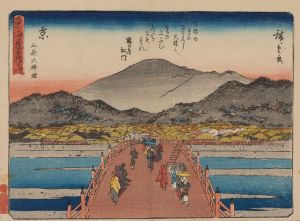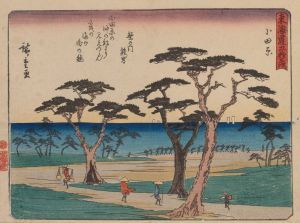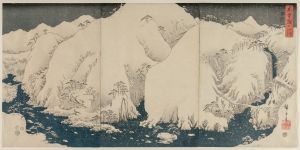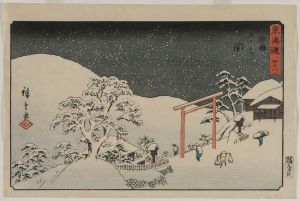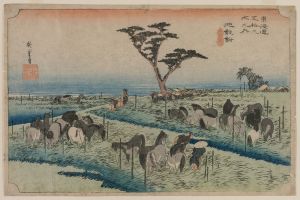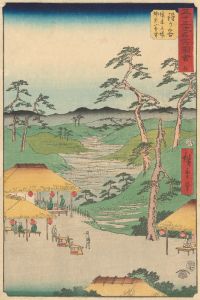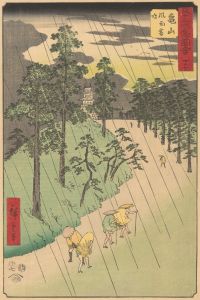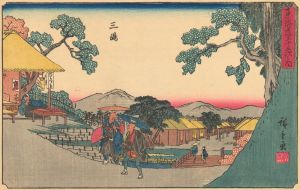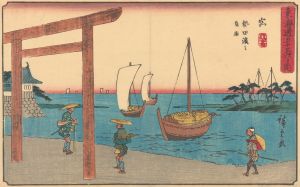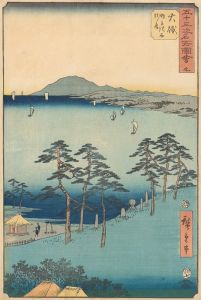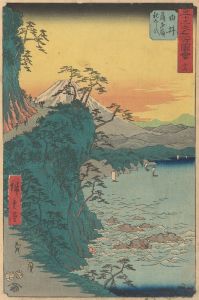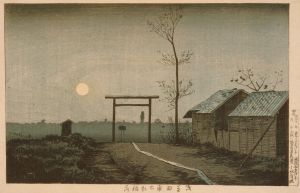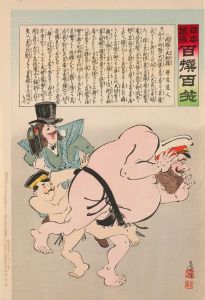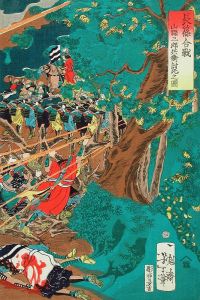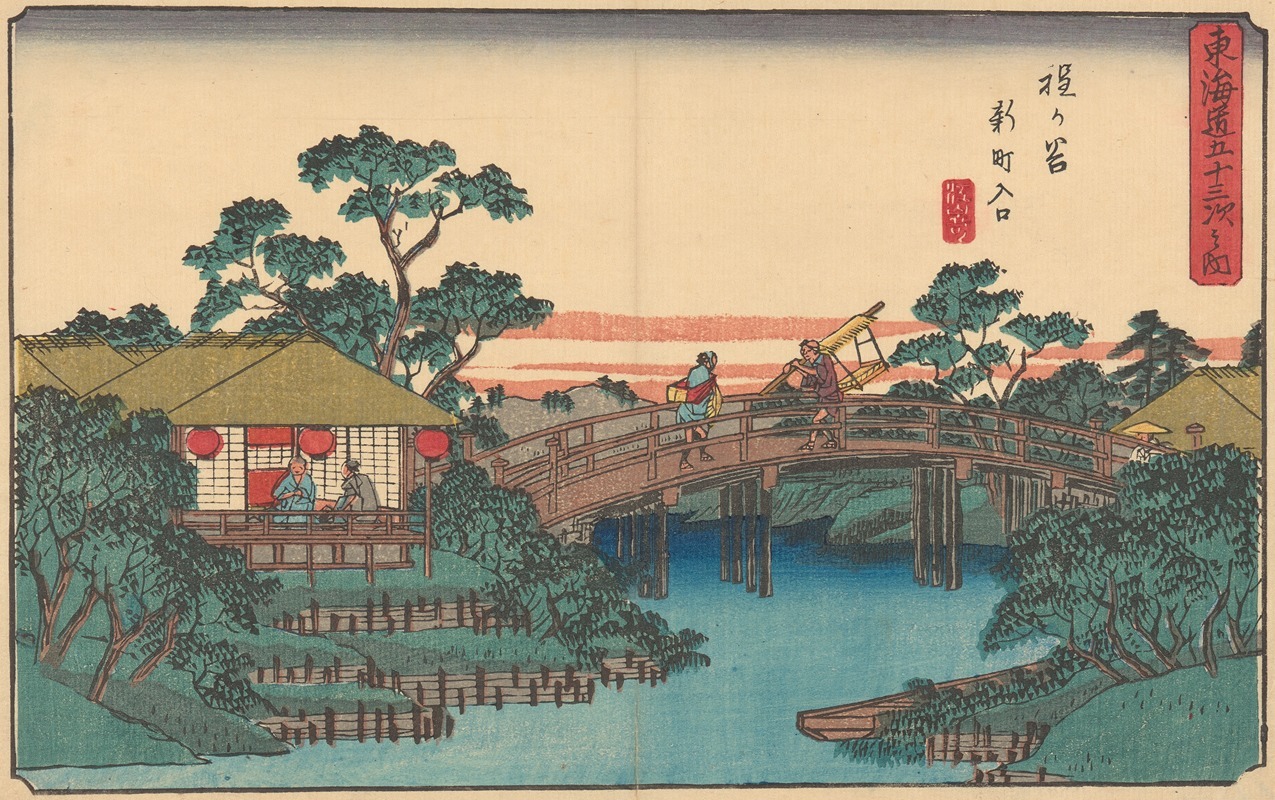
Hodogaya
A hand-painted replica of Andō Hiroshige’s masterpiece Hodogaya, meticulously crafted by professional artists to capture the true essence of the original. Each piece is created with museum-quality canvas and rare mineral pigments, carefully painted by experienced artists with delicate brushstrokes and rich, layered colors to perfectly recreate the texture of the original artwork. Unlike machine-printed reproductions, this hand-painted version brings the painting to life, infused with the artist’s emotions and skill in every stroke. Whether for personal collection or home decoration, it instantly elevates the artistic atmosphere of any space.
Andō Hiroshige, a renowned Japanese ukiyo-e artist of the Edo period, is celebrated for his landscape prints and series that capture the essence of Japan's natural beauty and cultural life. One of his notable works is "Hodogaya," which is part of his famous series "The Fifty-three Stations of the Tōkaidō." This series, created between 1833 and 1834, depicts the scenic journey along the Tōkaidō road, which was the most important of the Five Routes of the Edo period, connecting Edo (modern-day Tokyo) to Kyoto.
"Hodogaya" is the fourth station in this series and is located in present-day Yokohama, Kanagawa Prefecture. The print captures a scene typical of Hiroshige's style, characterized by its use of perspective, vibrant colors, and attention to detail. In "Hodogaya," Hiroshige portrays travelers making their way along the road, set against a backdrop of lush landscapes and distant mountains. The composition reflects the daily life and travel experiences of people during the Edo period, offering a glimpse into the historical and cultural context of the time.
Hiroshige's work is distinguished by its ability to convey the atmosphere and mood of the locations he depicted. In "Hodogaya," the artist uses a combination of blues and greens to evoke a sense of tranquility and movement. The print is part of a larger narrative that unfolds across the entire Tōkaidō series, each station offering a unique perspective on the journey and the diverse environments encountered along the way.
The Tōkaidō series was highly popular during Hiroshige's lifetime and remains one of his most acclaimed works. It not only showcases his artistic skill but also serves as a historical document, providing insights into the travel culture and landscape of Japan during the early 19th century. Hiroshige's ability to capture the subtleties of light, weather, and season in his prints contributed to the enduring appeal of his work.
Hiroshige's influence extended beyond Japan, impacting Western artists such as Vincent van Gogh and Claude Monet, who admired his compositions and use of color. His work played a significant role in the Japonisme movement in Europe during the late 19th century, which saw Western artists drawing inspiration from Japanese art and aesthetics.
Overall, "Hodogaya" by Andō Hiroshige is a testament to the artist's mastery of the ukiyo-e genre and his ability to encapsulate the spirit of a journey through Japan's landscapes. It continues to be appreciated for its artistic beauty and historical significance, reflecting the cultural and natural heritage of Japan during the Edo period.





